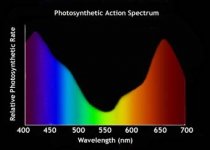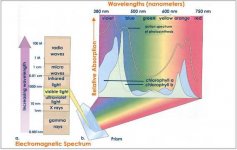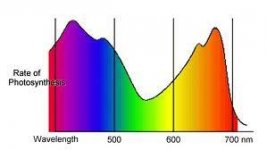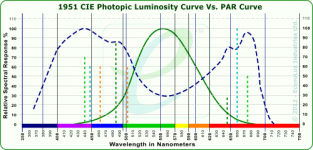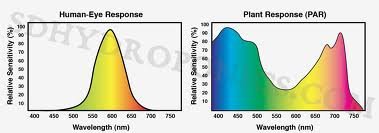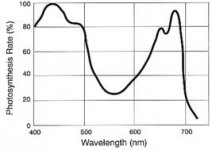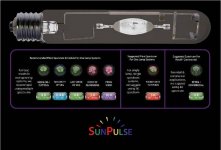C'mon! Lumiteck have been tried and true the prime balasts for years now. If your going to claim some new no name brand is better, use better support than an add made by that new company.
An another note on amazon they sell lumiteck 600's that can even run 2 hoods at the same time.[/quote]
how is this for support of cheap bulbs??? I use the cheapest bulbs I can find on ebay. I think they were like 32.99.
lighting is 400hps:250mh side by side in 4x5 room.
Im more than happy with these results, buds are solid, smell is outta sight!!!




